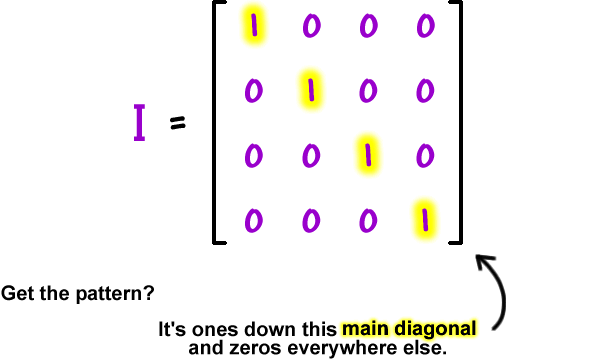

Then the decomposition of A into its lower triangular component and its strictly upper triangular component is given by.

It was only mentioned in a private letter from Gauss to his student Gerling in The Gauss-Seidel method is an iterative technique for solving a square system of n linear equations with unknown x. Though it can be applied to any matrix with non-zero elements on the diagonals, convergence is only guaranteed if the matrix is either diagonally dominantor symmetric and positive definite. Leave a Reply Cancel reply Your email address will not be published.In numerical linear algebrathe Gauss-Seidel methodalso known as the Liebmann method or the method of successive displacementis an iterative method used to solve a linear system of equations.
Python gauss seidel code#
Using python it is relatively easy to program: View the code on Gist.

Sol Lower L : Upper U : That is all there is to this method! That is all there is to this method! Output each iteration included. In Gauss-Seidel method, we then split the A matrix into Upper U and Lower L matrices the lower matrix in this case also contains the diagonalthen iterate using the following method.
Python gauss seidel series#
Where, A is a matrix often representing a series of equationsx is a vector of x variables Gauss-Seidel method is used to solve this vector and b is the solution vector. You signed out in another tab or window.Gauss-Seidel Method via wikipedia. You signed in with another tab or window. Add this topic to your repo To associate your repository with the gauss-seidel topic, visit your repo's landing page and select "manage topics. Improve this page Add a description, image, and links to the gauss-seidel topic page so that developers can more easily learn about it. Implementation of several numerical algorithms. Here are 5 public repositories matching this topic Language: Python Filter by language. To associate your repository with the gauss-seidel topic, visit your repo's landing page and select "manage topics. Add a description, image, and links to the gauss-seidel topic page so that developers can more easily learn about it. I wasn't sure if this would have been more appropriate on stack overflow, but I think my actual problem is with my math, which is why I posted it here.Implemention of the Gauss-Seidel Iterative Method for solving systems of equations. What equation should I use for my Gauss-Seidel program, or what can I fix in my current equation to get the values provided in the key? Because I'm getting a different value, I think there must be some error in my equation. Returns, which is different in the last decimal place than the key showsįrom what I understand, my equation should work, as according to the Gauss-Seidel method, I'm using the new value of x and y for the iterations. To test your function, note that gs1_method(2) should return the list (x 0, y 0) = (0, 0) as your starting approximation. Negative integer n, and returns a list, where x_n and y_n are the values of x_n and y_n respectively for the Gauss-Seidel method when applied to system (1) above. Returns ĭefine a function, called gs1_method, which accepts as input a single non. So I know I have this first iteration right as To test your function, note that gs1_iteration(3,5) should return In other words, gs1_iteration(x,y) should return the results of performing one iteration of the Gauss-Seidel method for system (1) on the inputs x, y. Using the Gauss-Seidel method and equations (2) and (3). , where new_x is the updated value x_n and new_y is the updated value y_n X and y (which we think of as being x n-1 and y n-1 respectively), and returns a list Define a function, called gs1_iteration, which accepts as input values for


 0 kommentar(er)
0 kommentar(er)
